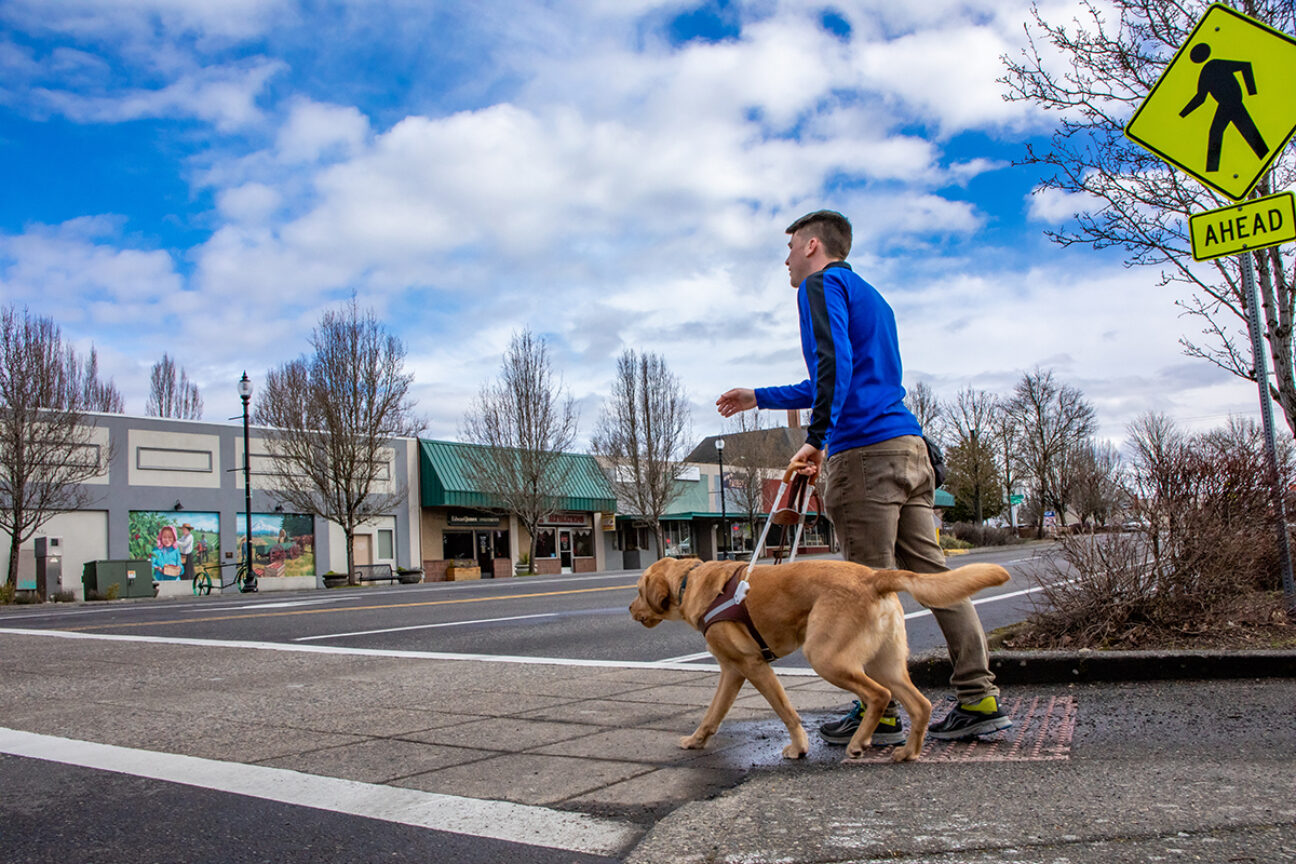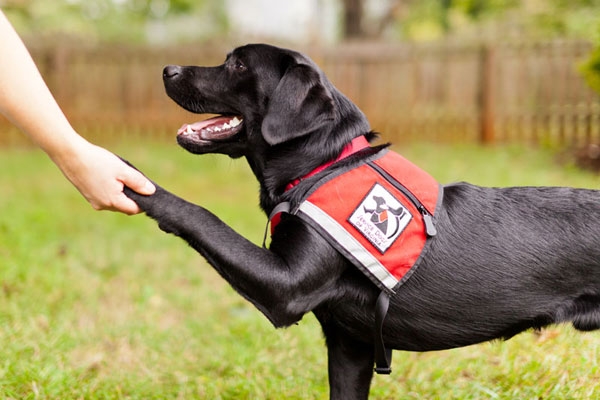Newbie's Guide to Effective Dog Training in your home
Effectively educating a pet dog at home calls for a nuanced understanding of canine habits and efficient communication strategies. Developing clear training goals, using premium incentives, and maintaining uniformity across household members are vital aspects. Integrating training into day-to-day routines can improve both involvement and retention.
Comprehending Pet Dog Actions
Understanding pet habits is necessary for efficient training and fostering a harmonious partnership between human beings and their canine buddies - Puppy Training. Pets communicate primarily with body language, vocalizations, and faces, making it important for owners to analyze these signals accurately. Acknowledging behaviors such as tail wagging, roaring, or cowering can provide understandings into a pet dog's psychological state and intentions
Additionally, understanding the natural instincts of canines, such as their pack mentality, aids proprietors establish management duties within the house. This is crucial for creating an organized environment where pet dogs feel secure and are much more receptive to training. Pets are likewise affected by their socialization experiences; very early direct exposure to various environments, people, and various other pets can significantly shape their habits later on in life.
Typical behavioral problems, such as aggression, stress and anxiety, or too much barking, typically originate from misconceptions or unmet demands. Observing and resolving these problems without delay can protect against escalation and ensure a favorable training experience. By cultivating a deep understanding of canine behavior, proprietors can customize their training approaches to fit their canine friends, ultimately causing a pleased and mannerly family pet.

Important Training Tools
A well-appointed training area can dramatically boost the efficiency of dog training in your home. Necessary training devices guarantee that both the dog and the instructor can participate in effective sessions that promote understanding and bonding.

Buying a sturdy leash and a comfy, well-fitting collar or harness is vital for security and control. These tools assist establish limits and make certain the dog stays protected throughout training. Furthermore, a designated training location, complimentary from interruptions, help focus for both the trainer and the canine.
Educating help such as training pads, cones, or agility tools can additionally boost the experience by introducing selection and obstacles. Last but not least, having a note pad or digital app for tracking progress can be invaluable, permitting you to note successes and locations for renovation. Using these important tools will create a favorable training atmosphere and lay the foundation for effective understanding.
Creating an Educating Regimen
Establishing a consistent training regimen is necessary for effective canine training in your home. A well-structured regular not only aids in strengthening preferred actions but also offers your canine with a sense of safety and predictability. To create an efficient training routine, start by identifying certain training objectives, such as basic commands, leash strolling, or house-breaking.
Pick a designated time each day for training sessions, ideally when your pet is receptive and alert. Procedure must be short, about 5 to 15 Website mins, to preserve focus and prevent tiredness. Uniformity in timing and environment will certainly improve your canine's understanding experience.
Include training into everyday activities to strengthen abilities. As an example, practice commands throughout walks or nourishment, which incorporates learning right into all-natural routines. Furthermore, remain flexible and change the routine as needed, fitting your pet dog's energy levels and mood.
Favorable Reinforcement Techniques

When carrying out positive reinforcement, it is important to select rewards that are encouraging for your canine. High-value treats, such as little pieces of chicken or cheese, can be specifically efficient during training sessions. Additionally, varying the benefits can keep your pet dog's rate of interest and excitement.
Beginning with basic commands, like "sit" or "remain," and slowly progression to more complicated tasks. Uniformity is crucial; make certain that all relative make use of the exact same commands and benefit systems to prevent complication.
Moreover, it is crucial to continue to be client and stay clear of irritation. Dogs, like people, find out at their own speed. By cultivating a helpful training atmosphere through favorable support, you can improve your pet dog's discovering experience while enhancing the bond between you and your hairy buddy, preparing for effective training results.
Common Educating Obstacles
While educating a pet in your home can be a satisfying experience, it commonly comes with a set of usual challenges that can test both persistence and uniformity. One common concern is distraction. Pets might end up being conveniently averted by noises, movements, and even scents in their environment, making it challenging to keep their focus throughout training sessions.
An additional challenge is disparity in commands and support. If household members make use of various signs or rewards, it can impede and puzzle the canine progression. Developing a unified method is essential for effective interaction.
Additionally, canines can experience frustration or stress, especially if they do not recognize what is expected of them. This can cause unfavorable behaviors, such as eating or barking.
Ultimately, the timing of support is essential. Delayed incentives can diminish the efficiency of favorable support, as pets may fail to connect the behavior with the benefit.
Conquering these obstacles needs commitment, clear communication, and an organized training strategy - Puppy Training. Recognizing and resolving these usual challenges will certainly pave the means for an extra Check Out Your URL enjoyable and effective training experience in your home
Conclusion
In verdict, successful canine training at home necessitates a thorough understanding of canine actions and efficient interaction strategies. By establishing clear training objectives and utilizing high-quality treats together with positive support, the training procedure comes to be extra satisfying for both the instructor and the dog. Patience, consistency, and versatility are crucial components that assist in understanding. Inevitably, integrating training right into everyday regimens boosts the bond in between pet and owner, making the experience both productive and satisfying.
Developing a regular training regimen is vital for effective dog training at home.Positive support strategies are fundamental to effective pet dog training, advertising desired behaviors through rewards rather than punishment. By fostering a supportive training environment with favorable reinforcement, you can boost your pet dog's understanding experience while enhancing the bond between you and your fuzzy buddy, laying the groundwork for successful training outcomes.
In final thought, effective dog training at home demands a comprehensive understanding of canine behavior and efficient communication approaches. By developing clear training objectives and utilizing top quality treats together with favorable support, the training procedure becomes a lot more gratifying for both the instructor and the pet dog.